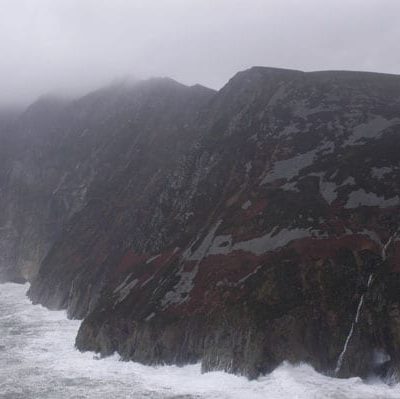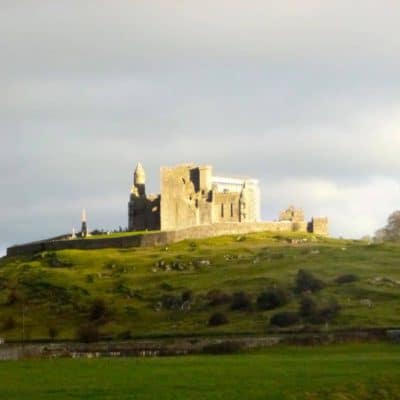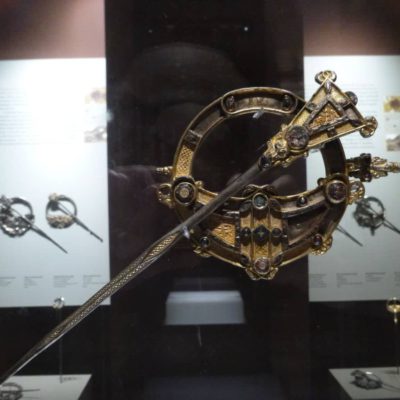Europe knows how to do ferries. Amanda’s only ferry experience is the Lewes-Cape May ferry which, 20 years ago, was no Carnival Cruise. And while the 17-hour trip from Belgium to the UK was understandably decked out, the 2-hour trip from Scotland to Belfast was a multi-deck affair with lounges, head-on views, a spa, and automated bathroom doors out of Star Wars or 2001. It wasn’t the QE2, but, man — not bad.
This mini-Titanic took us to Belfast (incidentally, the birthplace of the real Titanic). Similar to Glasgow, the weather was dreary and damp, but look where we are (I guess). Belfast was fascinating — down and dirty with a particular kind of vibrancy. We walked around the traditionally sectarian neighborhoods skirting the center and took in the notorious murals that inhabit both. There seems to be a project in place to replace the more incendiary murals with newer, more peaceful scenes of local pride, and while it’s easy to understand the thinking behind this, there is something deeply moving and (necessarily) disturbing about seeing these original displays — especially for Amanda, as the residue of this divide coats her own family.
We left Belfast for greener pastures, tracking down Graham family landmarks in Counties Down and Antrim, paying respects at the grave of Old Joe, Amanda’s great-great-grandfather, a tried-and-true Presbyterian buried in Grange Corner, Antrim. We spent the night in the Mourne Mountains (the only tourists in the area, for sure) and then headed to the north coast. We almost got blown to Scotland at Giant’s Causeway, with Amanda at some point simply refusing to go on while Joris was essentially crawling on his stomach. Still, an amazingly dramatic and gorgeous coast, and when the time is right, we will be moving to the tiny hamlet of Portbradden.


